““The more we can begin to exert control over the finer details of the breathing process, the more possible it then becomes to
control the finer details of the mental process”
Saraswati Niranjanananda ”
Have you ever stepped into conscious, present moment awareness while performing an everyday task? And realised that your awareness allows you to develop skill and precision — which transforms that mundane task into something amazing?
Well, viloma pranayama is a little bit like that.
Viloma means to go against the natural flow. And in this pranayama technique, we interrupt the natural flow of our breath to cultivate skillful breath control and awareness.
By inserting a number of deliberate pauses into each breath, you can begin to prepare the body for more dynamic pranayama techniques which require longer periods of breath retention, or longer breaths.
Becoming proficient in viloma provides a solid foundation from which to learn the breathing techniques we’ll look at in blog posts over the next few weeks; including bhastrika and kapalbhati.
How to Practise Viloma Pranayama
Viloma has three stages, with each building logically on the last. The intention that spans all three stages is to create smooth breaths with evenly spaced pauses — and this starts with pausing during the inhalation only.
Viloma Stage 1: Interruption of Inhalation
In the video below I’ll teach you the first stage of the practice directly — so you can watch, relax, and learn!
You can either lie in savasana or sit in a comfortable meditation posture to begin. Allow the body to relax, and shift into natural breath awareness to prepare. When you’re ready, start to move into full yogic breath — you can learn how to do that by clicking here.
Remember that the pauses in each inhale should feel comfortable and not strained. And the exhale that follows is long and smooth.
Viloma Stage 2: Interruption of Exhalation
In the second stage of this practice, start just as you did with the first stage. Come to that natural breath awareness, before moving into full yogic breath.
And then:
Take a smooth, full and quiet inhale without any interruption. When the inhale is complete, pause — hold the breath in for a moment.
Begin to exhale slowly, and then pause and hold. Exhale just a little more, then pause and hold again. And once more — so there are a total of 3 interruptions in the exhale. This may rise to 5 when you’ve fine-tuned your control.
When the lungs are completely empty, take a momentary pause at the end before you inhale slowly and smoothly.
Viloma Stage 3: Interruption of Inhalation and Exhalation
In the final stage of viloma pranayama, you aim for long, steady inhales and exhales, with an even number of pauses inserted into each. This is often called stepped breath — imagine you’re walking up and down a set of stairs and stopping for a moment every three steps or so.
From your seated position or savasana, and having already settled into the first two stages, begin:
Start to inhale softly, and then pause. Continue with the inhale, adding between two and five more pauses before the inhale is complete.
Exhale softly and pause. Continue with the exhale, inserting the same number of pauses as you did on the inhale.
Between each round of one inhale and one exhale, take one normal breath.
Throughout all three stages, the abdomen stays firm and controlled, but not forcibly restrained. You should feel relaxed and unflustered by the interruptions in your breath — if it feels uncomfortable, try with fewer pauses.
Viloma gradually extends the breath capacity and develops the duration or the amount of pauses to slow the breath and mind
Benefits:
Helps to calm and focus the mind
Helps to develop control over breath flow
Extends the duration of breath and expands the lung capacity for both inhalation and exhalation
Removes stale air with outgoing breath, brings fresh oxygen with inhalation
Used in preparation for Nadi Shodhana, bhastrika and kapalbhati
Practice Note
Do not restrict the throat.
Must be no strain or discomfort with the breath, if it becomes restrictive, return to full yogic breath or abdominal breathing.
This practice is not suitable for anyone with:
Obstructive Coronary heart disease
Chronic bronchitis or asthma
High blood pressure
Would you like to learn more pranayama techniques to enrich your yoga and meditation practice and your daily life? Bookmark the Yoga for the Soul Retreats pranayama library.
PS: If you enjoyed this blog click the like button below then share it with those you care for who can also enjoy and benefit from it. 😊


